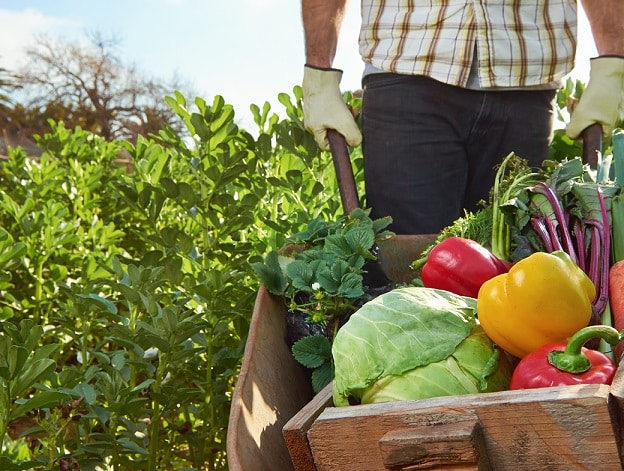
What is Farm Waste Management?
Farm waste management involves a series of practices and strategies to reduce, reuse, and recycle agricultural waste. It’s a crucial aspect of sustainable farming.
An effective farm waste management plan has two main objectives:
- Minimize the harmful impact agricultural waste can have on the environment. Food production accounts for about 26% of the annual greenhouse gas emissions. Agricultural wastes contribute substantially to these emissions, making it crucial for farmers and large agricultural organizations to adopt sustainable practices.
- Optimize the potential benefits of organic waste. When farmers effectively convert waste into valuable resources, it becomes a win-win situation, yielding numerous advantages for the environment, the agricultural sector, and local communities.
Small farmers have faced unique challenges when handling agricultural waste, often needing more resources and infrastructure to reach efficiency. Luckily, technology and practical approaches can help you manage the waste generated by farming activities while promoting sustainability and productivity.
Let’s review some of the most common types of farm waste and the best strategies to prevent pollution while giving waste a second life.
Types of Farm Wastes and Examples of Farm Waste Management
Crop residues and weeds
Farm waste management best practices for stems, leaves, stalks, husks, cobs, and weeds:
- Compost them with other organic farm wastes like manure, kitchen waste, or yard trimmings. Spread the resulting compost over the fields to improve soil structure and fertility.
- Use them as mulch to cover the surface around plants to regulate soil temperature, slow down weed growth, and reduce the need for irrigation.
- Corn stalks, straws, and some weeds can become animal feed. Consider the nutritional requirements of the animals and the potential for contamination from pesticides to ensure you provide feedstock with the proper nutrients all year round.
- Till them into the ground as a green manure cover crop. It’ll fix nitrogen and increase organic matter content in the soil.
- Convert biomass from crop residues into biogas through anaerobic digestion. It’s a cost-effective way to obtain green energy from trash and reduce your farm’s carbon footprint.
Livestock manure
The waste produced by farm animals, such as cattle, pigs, poultry, and sheep, contains a mixture of animal feces, urine, bedding materials, and uneaten feed.
It’s a valuable organic resource that can be used in multiple ways:
- Produce nutrient-rich compost and fertilizer from manure and other farm wastes. Composting will reduce the waste’s volume, eliminate pathogens, and transform it into a product you can safely apply to fields or use in plant potting mixes.
- Use anaerobic digestion to produce biogas and nutrient-rich digestate. Biogas, primarily composed of methane, is an excellent renewable energy source for heating or electricity generation. Moreover, the nutrient-rich digestate left after digestion is an organic liquid fertilizer that improves crop production.
- Build a wastewater irrigation system using liquid livestock manure or digestate from anaerobic digesters. You can apply this substance through your irrigation system to distribute micro- and macronutrients evenly across fields.
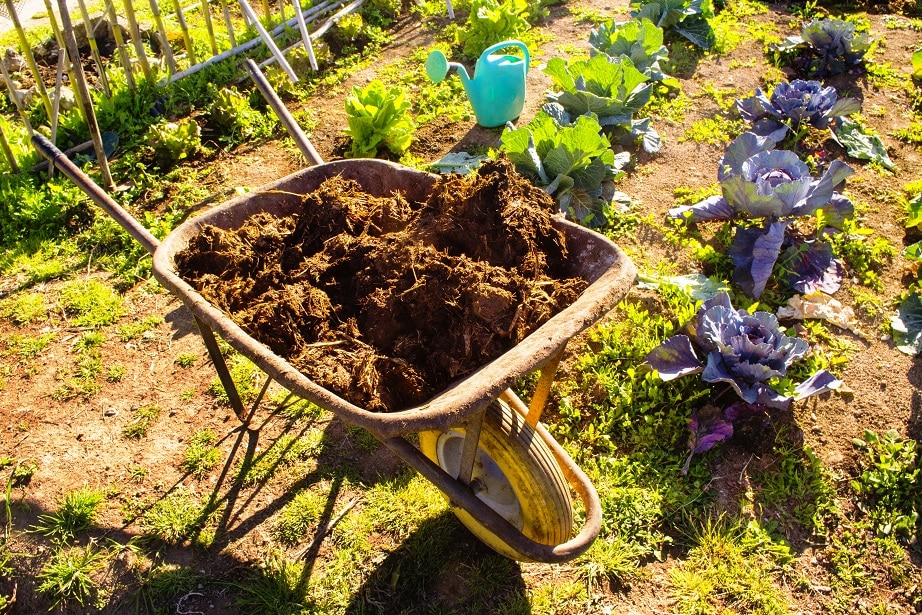
Spoiled or discarded produce
This agricultural waste includes fruits, vegetables, or grains that have become unsuitable for sale or consumption. Food loss and waste are responsible for 8% of global greenhouse gas emissions, so the more products you can keep away from landfills, the better for the environment.
To effectively manage spoiled or discarded produce, you must find ways to minimize waste and maximize the value of these materials:
- Use it as animal feed. Livestock, such as pigs, chickens, and cattle, can consume certain types of fruits and vegetables safely, providing an opportunity to recycle these materials on the farm.
- Add the products to your compost pile. They’ll transform into nutrient-rich humus you can use to support crop production.
- If the products are still safe for human consumption but not suitable for sale, donate them to food banks.
- Make silage — a fermented feed from chopped crops, including fruits and vegetables, stored under controlled conditions. The silage effluent can be used as fertilizer or in biogas production.
- Use the produce to feed your anaerobic digestion systems to produce biogas and organic fertilizer.
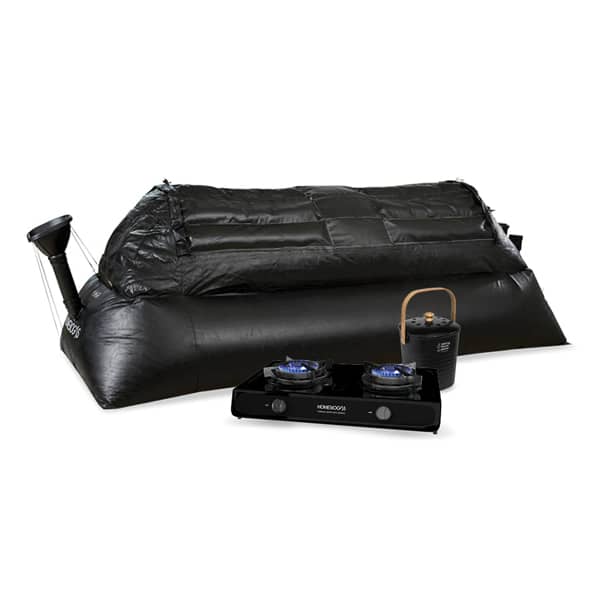
HomeBiogas 6
Designed for the next generation of green innovation.
Agricultural plastics and pesticide containers
Agricultural plastics include mulch films, greenhouse covers, irrigation tubing, silage bags, and bale wraps. These plastics can create significant waste and environmental challenges if not managed properly.
Here’s what you can do with them:
- Recycle through an agricultural plastic recycling program — some manufacturers may have take-back programs for specific farm plastics.
- Reuse plastics in good condition to extend their life cycle and minimize waste generation.
- Take them to a dedicated local waste management facility that complies with environmental regulations.
Empty pesticide containers pose higher risks to the environment and human health than agricultural plastics because they may contain residues of harmful chemicals.
Farm waste management best practices for pesticide containers:
- Triple-rinse them to ensure they are free from any remaining pesticide residues, as they can quickly become hazardous waste.
- Recycle containers through dedicated waste disposal programs, following local regulations.
- Minimize waste by buying pesticides in bulk when possible.
- Always follow the instructions on pesticide labels for proper disposal of containers and leftover products.
Recap: How to Use Recycled Farm Waste
- Compost and organic fertilizer (from crop residues, food scraps, and livestock manure)
- Mulching (from shredded crop residues, weeds, or wood chips)
- Livestock bedding (from crop residues or wood shavings)
- Renewable energy production — biogas and biochar (livestock manure and residues)
- Animal feed (from food processing by-products or excess crop production)
- Erosion control (with straw or crop residues)
- Construction materials (from agricultural plastics or wood waste)
10 Farm Waste Management Best Practices
- Implement effective storage practices, such as covering compost piles or using appropriate containers for livestock manure. This way, you protect valuable resources from degradation and potential contamination. This practice also offers better odor control and reduces the attraction of pests, contributing to a cleaner and healthier farm environment.
- Break down raw materials into smaller fragments to increase the surface area available for microbial activity, promoting faster decomposition and nutrient release.
- Never use waste contaminated with pesticides or other harmful substances for composting, anaerobic digestion, or animal feed.
- Regularly clean and maintain animal pens or housing to reduce manure buildup and promote a healthy living environment.
- Separate solid and liquid manure streams for a more efficient composting process. It enables more precise nutrient application, reducing the risk of nutrient imbalances and potential environmental impact.
- Run regular nutrient analyses to determine the precise nutrient composition of the manure and make informed decisions regarding its application. This way, you avoid excessive nutrient loading and minimize the risk of environmental contamination.
- Check out local regulations to ensure that manure application follows appropriate guidelines and doesn’t contribute to water pollution or environmental harm.
- Implement effective inventory management strategies to reduce food waste.
- Educate farm workers on waste reduction and its environmental and economic benefits. This knowledge empowers them to be proactive about proper sorting, recycling, and composting. When you work together, you’ll see improved waste management practices and a more environmentally conscious farming operation.
- Store pesticide containers securely in designated areas away from water sources or areas prone to flooding. Prevent spills and leaks that could contaminate soil or water sources.
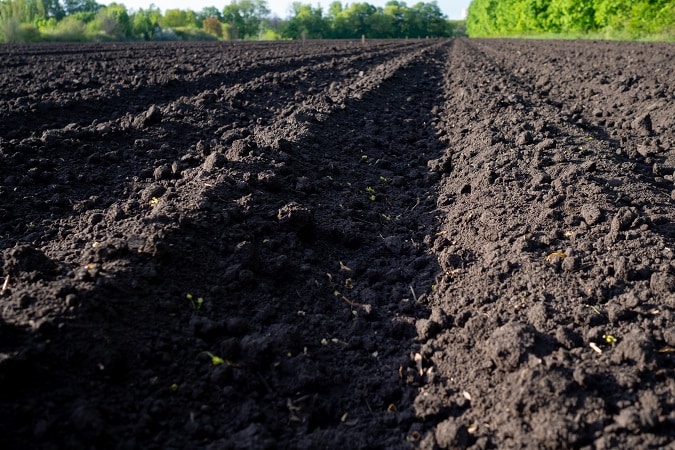
Benefits of Effective Farm Waste Management
- Following farm waste management best practices reduces greenhouse gas emissions, preserving biodiversity and ecosystem health.
- Recycling organic waste enriches the soil with essential nutrients and organic matter, enhancing its structure, water retention capabilities, and fertility.
- Composting and anaerobic digestion keep harmful organisms and insect pests away from farms, improving crop health.
- Farm waste converted to mulch or compost replaces synthetic fertilizers and conserves water in the soil.
- A realistic farm waste management plan optimizes farm operations, saving costs and increasing overall farm efficiency.
- Anaerobic digestion generates renewable energy to power farm operations, reducing reliance on non-renewable energy sources.
- Proper waste treatment keeps hazardous waste from landfills and helps farmers comply with environmental regulations.
- Reducing emissions from agricultural waste contributes to global efforts to combat climate change.
- Resource conservation contributes to stable and productive farming systems over time.
Challenges in Agricultural Waste Management
Small and medium farms face numerous challenges when dealing with waste, primarily due to limited budgets. As a result, these farms must rely on creativity and partnerships with reliable partners and collaborators to manage waste efficiently.
Another significant challenge is the limited space for waste storage or composting. This constraint can make it difficult to handle waste properly, potentially leading to waste accumulation or inadequate waste management. Moreover, farmers often find it challenging to dedicate sufficient time and staff to these operations — doubled by a lack of educational resources that could make the process easier.
Moreover, small farms often need help complying with environmental laws and waste disposal guidelines. Compliance requirements may demand specialized equipment or additional paperwork, which can be burdensome for farms with small budgets.
Lastly, transporting waste to off-site facilities for recycling or disposal can quickly become a logistical and financial challenge, especially in remote areas.
To address these challenges, small farms need one-site waste management solutions that are easy to install and require minimum maintenance. Anaerobic digestion systems, for example, are a cost-effective way to deal with organic waste generated from farming activities with minimum effort.
How to Measure Progress of Farm Waste Management
Step 1. Collect data on waste generation, disposal methods, and associated costs.
Measure the amount (volume and weight) and types of waste generated on your farm and monitor its composition. It serves as a reference and helps track progress down the line.
Step 2. Set reasonable waste reduction targets.
Possible goals can be a percentage reduction in waste volume or weight for each type of waste or an increase in recycled organic waste.
Step 3. Define the metrics you want to measure.
- Waste diversion rates — how much waste you divert from landfill or incineration
- Recycling and composting rates — the percentage of waste materials that are recycled or composted
- Energy generation — how much biogas you obtain from waste if you have anaerobic digestion
- Savings — review expenses related to waste disposal before and after implementing best practices to quantify financial benefits
Step 4. Monitor the metrics and compare them against established targets.
Use the data to make informed decisions to enhance sustainability and resource efficiency further.
Meet HomeBiogas — Turn Your Farm Waste into Clean Energy Using Homebiogas
A HomeBiogas system on your farm offers many benefits, revolutionizing how you gain value from farm wastes. You can effectively manage agricultural waste by converting it into two valuable resources, biogas and organic fertilizer.
HomeBiogas systems use anaerobic digestion to break down organic waste, including livestock manure, crop residues, and kitchen scraps, producing biogas. This way, you obtain green energy for cooking — depending on the size of your biodigester, you can generate up to 6 hours of cooking gas daily.
In addition to producing clean energy, the HomeBiogas system is excellent for closing the nutrient loop on your farm. As the organic waste undergoes anaerobic digestion, it transforms into nutrient-rich fertilizer. You can use it to grow healthy crops while providing your soil with essential nutrients.
HomeBiogas is a sustainable solution that significantly reduces greenhouse gas emissions. When you cook and fertilize with biogas from waste, you minimize your farm’s carbon footprint and contribute to a cleaner and more circular farming system.
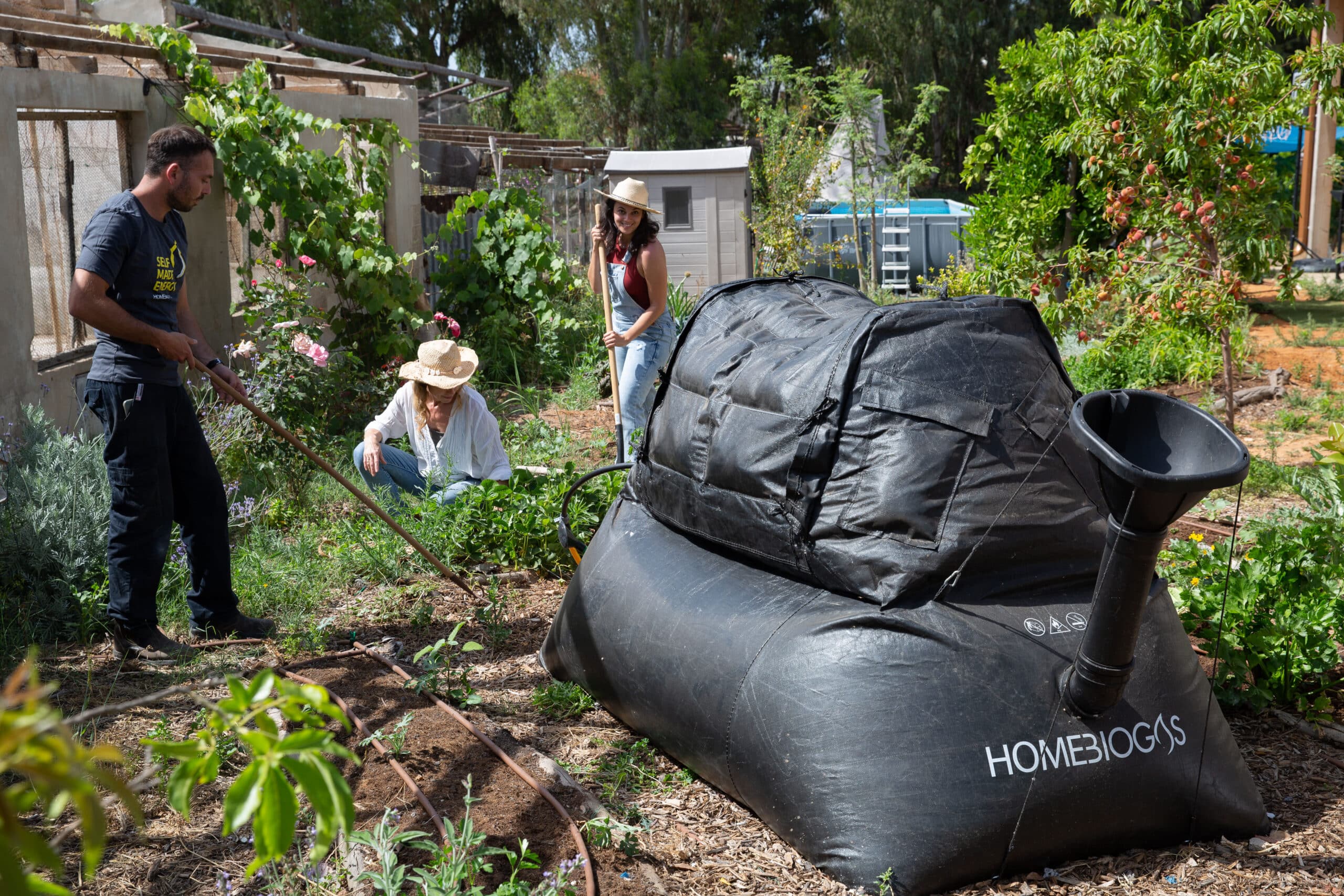
What’s Next?
Farm waste management is an exciting and ever-changing field, and farmers must stay ahead of the latest trends and rules to handle waste and meet evolving regulations effectively.
New technologies like the HomeBiogas booster kit for anaerobic digestion, smart waste sensors, and automated recycling systems are revolutionizing how farmers manage farm waste, making it more efficient and effective.
Integrating farm waste management into broader sustainability initiatives on your farm is also essential. Once you understand how waste can become a resource for soil health, water conservation, biodiversity, and climate resilience, you can further optimize your activities and reach overall sustainability for your farm.






